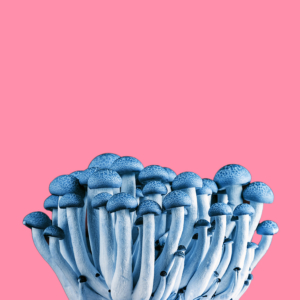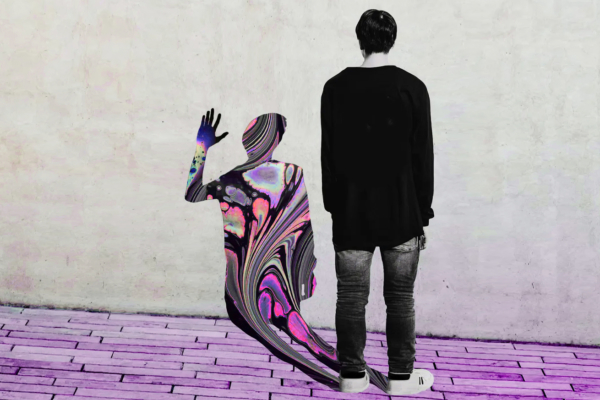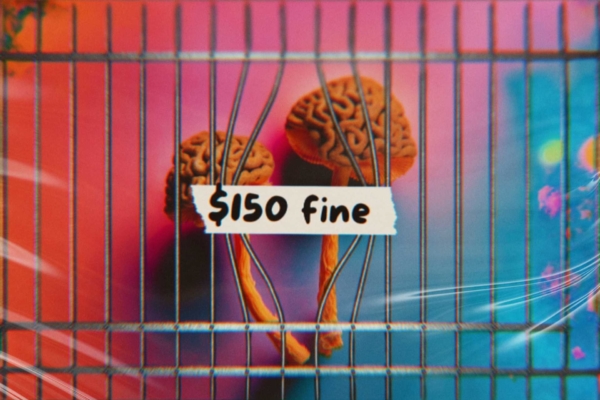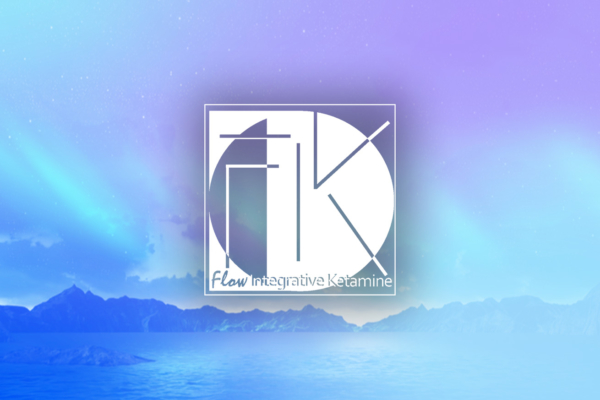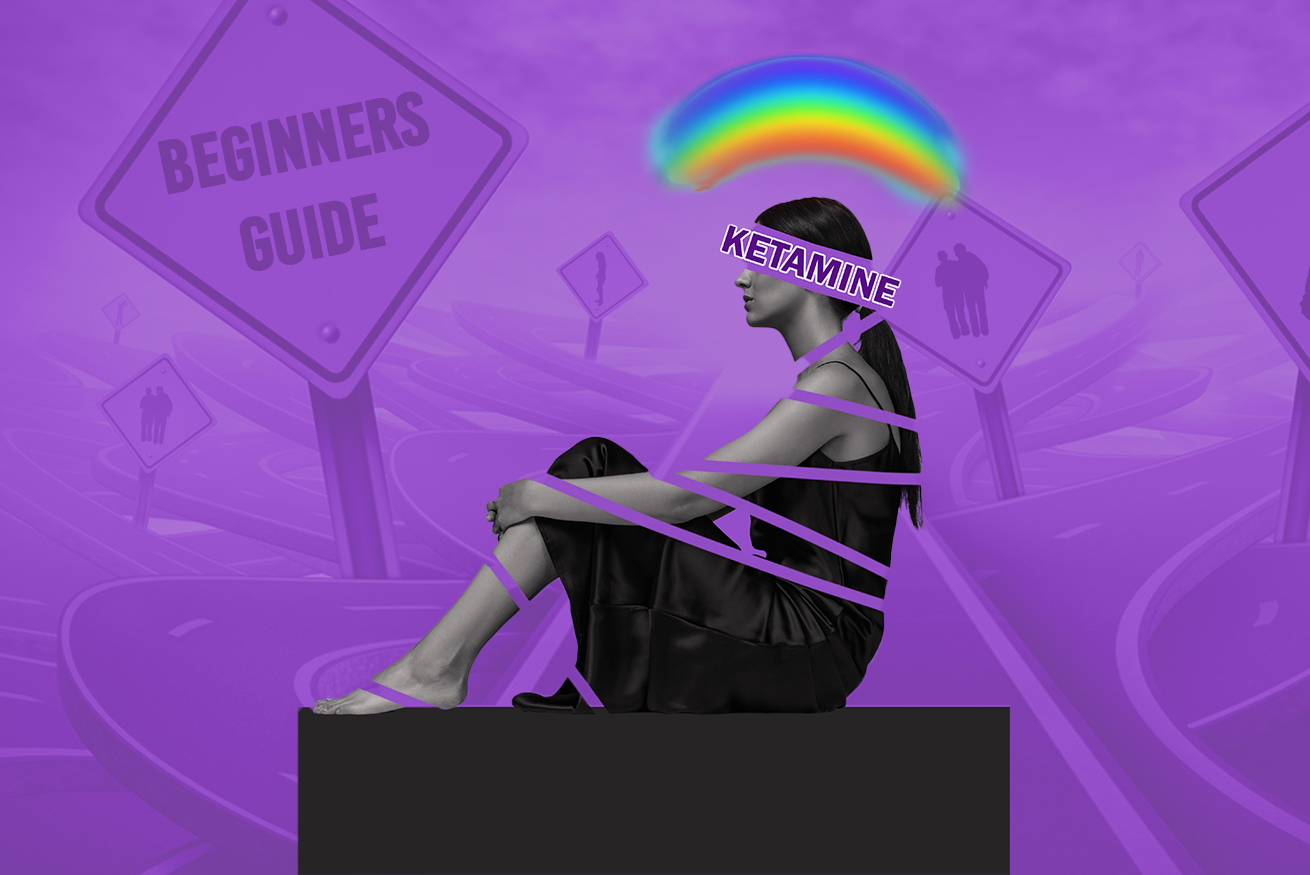
Ketamine is a potentially illegal substance, and we do not encourage or condone the use of this substance where it is against the law. However, we accept that illegal drug use occurs, and believe that offering responsible harm reduction information is imperative to keeping people safe. For that reason, this guide is designed to ensure the safety of those who decide to use the substance.
Visit facilities where this medicine is legalized here.
General Overview
Ketamine is a general anesthetic with powerful dissociative and psychedelic effects. Though it has a long history as a club drug, this substance has more recently been hailed as a breakthrough therapy for depression. It was recently approved by the FDA and, now, thousands of ketamine clinics are opening all over the world.
Ketamine is known for acting fast and effectively. A 2006 study from the National Institute of Mental Health found that 18 people who used the drug reported a drastic shift in mood within hours. Though it’s not known exactly how ketamine works, experts believe the drug could repair damaged synapses—or connections–in the brain, which are worn down by stress and depression.
Despite its benefits, ketamine remains a controlled substance in the United States and many other countries.
Is Ketamine Safe?
Ketamine appears to be relatively safe for occasional users. However, frequent use carries the potential long-term risk of neurodegeneration. Prolonged intravenous exposure to the drug (over 9 or 24 hours) has led to brain cell death in rhesus monkeys.[6] A similar effect has been seen in neonatal rats.[7] In the monkeys’ case, however, continual exposure over a shorter period of three hours had no adverse effects.
Frequent use among people has also led to signs of cognitive impairment affecting thought and memory[8]. However, occasional users (i.e. those who take ketamine once or twice a month) have not.[9]
Schizotypal symptoms—including delusions, superstitious thinking, dissociation, and flashbacks—have also been observed in frequent users. Symptoms have also been shown to persist for some.[10][11]
Bladder pain is another common complaint among frequent users[12], often accompanied in the long term by reduced bladder volume, incontinence, passing blood in urine, and cystitis.[13] More research is needed to understand the relationship between ketamine and urological problems, but in some cases, it has been necessary to surgically remove the bladder.[14]
In 2009, there were 529 ketamine-related emergency department visits in the US—compared to 36,719 for PCP and a total of 973,591 for any illicit drug.[15] Only 12 ketamine-related deaths were recorded worldwide between 1987 and 2000, and only three involved ketamine alone. The cause of death in each case was an overdose by injection.[16] More often, ketamine-related deaths are caused by interactions with other drugs, leading to respiratory depression and cardiac arrest.[17]
What Does Ketamine Feel Like?
At lower doses, ketamine may cause numbness, a tingling body high (especially in the hands, feet, and head), jerky movements, rapid breathing, and dizziness. These effects are often accompanied by euphoria, relaxation, a feeling of weightlessness, mild visuals, and blurred or roving vision. Users may also experience introspective thoughts and enhanced appreciation for music.
At higher doses, visual, auditory, and even gustatory (taste-oriented) hallucinations are common, with some reporting a metallic flavor in the mouth. Hallucinations may be extremely realistic, including conversations with friends who aren’t there. [1][2][3]
At high doses, awareness of the physical environment and body dissolves. Out-of-body or near-death experiences are common, as are vivid internal experiences and a distorted sense of time. A high dose starts at approximately 1.5 mg/kg injected.
Some negative effects include paranoia, nausea, amnesia, and depersonalization—some of which may persist after frequent use. So if you’re considering a high-dose ketamine experience, it’s essential to seek medical professional support. Healing Maps is a valuable directory to help you find ketamine clinics you can trust.
EFFECTS
Pharmacological Structure
Ketamine is a water-soluble PCP derivative. As a chiral molecule, it has two enantiomers: an S(+) isomer, or “esketamine,” and an R(-) isomer, or “arketamine.”[4]
In clinical use, it is available as ketamine hydrochloride in liquid or powder form for intravenous injection and is marketed under the brand name Ketalar. Esketamine, which has a slightly different molecular makeup than ketamine, was approved for use by the FDA in 2019 and is marketed under the brand name Spravato. It is administered as a nasal spray.
Receptor Binding Structure
Ketamine antagonistically binds to, or blocks, NMDA (N-methyl-D-aspartate) receptors.[5] This interaction prevents signals passing between the brain and spinal column and is responsible for the molecule’s analgesic effect. Ketamine also interacts with opioid receptors and monoamine, cholinergic, purinergic, and adrenoreceptor systems.[4]
Can I Mix Ketamine with Other Substances?
Only a limited amount of data exists around ketamine’s interaction with other drugs, whether good or bad, but it’s best to be cautious when mixing any two substances. Here’s what we do know.
Positive interactions:
- Psilocybin: Many users have anecdotally reported that mixing psilocybin and ketamine brings out the best of both drugs. Out of body experiences are common, and this dissociative helps diminish any anxiety and brings on a sense of euphoria.
- LSD: LSD increases ketamine’s ability to induce out of body experiences, which could be an important part of their therapeutic effect. Some users have also reported that small amounts of ketamine can “ground” the trippier aspects of the LSD experience.
Neutral interactions:
- Cannabis: There have been no reported problems with this combination. Ketamine can amplify some cannabis effects, most notably closed-eye visuals.
- Caffeine: No known problems.
Negative interactions:
- Opioids
- Barbiturates (Amytal, Butisol, Nembutal)
- Benzodiazepines (Xanax, Klonopin, Ativan)
- Zolpidem (Ambien)

